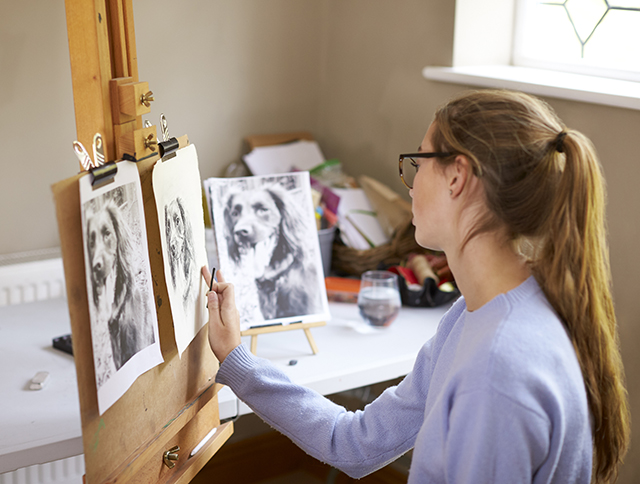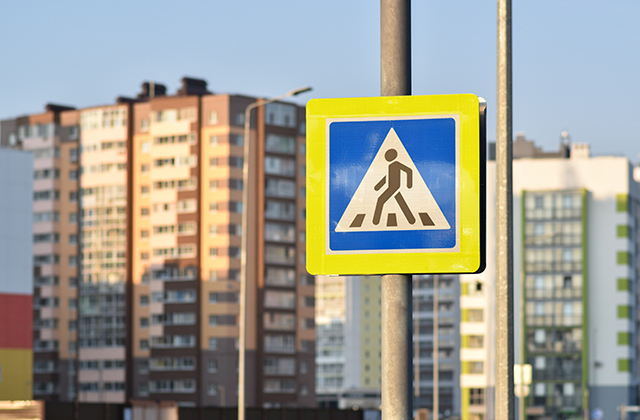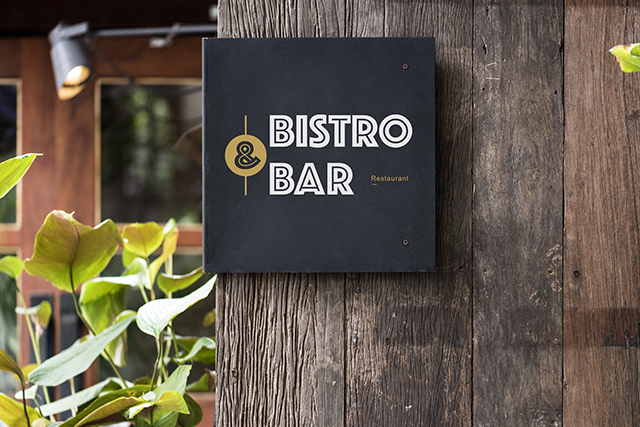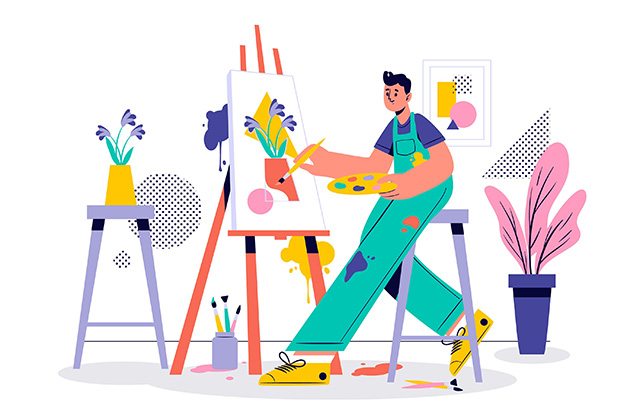How Storyboarding Shapes Successful TV Productions

In the world of television production, crafting a visually captivating and engaging show requires more than just great actors and a compelling script. The unseen, yet pivotal, process that ensures smooth transitions and coherent storytelling is storyboarding. Storyboarding is not only a blueprint for directors and producers but also a powerful tool that shapes the creative vision of a production from concept to screen. The use of a storyboard for TV production can be the difference between a fragmented narrative and a polished, visually appealing series.
What is Storyboarding in TV Production?
Storyboarding is the practice of sketching out scenes in sequence to outline the visual and narrative flow of a project. This tool serves as an illustrated script that maps out each shot, angle, and transition, ensuring that the story’s pacing and visuals are effective and engaging. For TV shows, where consistency and continuity are essential to retain an audience, a well-developed storyboard helps establish a visual roadmap that guides the entire production team.
Whether it’s a single-camera drama or a multi-camera sitcom, a storyboard for TV acts as a common language that bridges the gap between writers, directors, cinematographers, and other key members of the production team. It provides a visual preview of how scenes will unfold, helping everyone involved understand the creative intent and logistical needs of each shot.
The Role of Storyboarding in Pre-Production
Pre-production is a crucial phase in TV production that lays the groundwork for the entire show. This is where the storyboarding process begins. The storyboard breaks down the script into individual panels, each representing a different scene or camera angle. These panels, akin to comic strips, help the director and crew visualize the action and timing of each scene.
One of the main benefits of using a storyboard for TV is that it allows for thorough planning before the actual shooting begins. This step ensures that everyone on set is prepared, which minimizes the risk of misunderstandings and unexpected delays. When production teams have a clear visual representation of each scene, they can anticipate potential challenges with set design, lighting, and camera placement.
Moreover, storyboarding in pre-production allows directors to experiment with different shots and angles without wasting time and resources during filming. They can play around with ideas and visualize which camera movements or transitions will best convey the story. This pre-visualization saves money and time, as it reduces the likelihood of reshoots due to overlooked details or poorly planned shots.
Enhancing Storytelling through Visual Structure
A well-crafted storyboard for TV is not just about logistics; it is also a tool for enhancing storytelling. By laying out scenes sequentially, creators can better understand how to build suspense, create dramatic tension, or convey emotion effectively. For instance, an action sequence in a crime drama can be broken down into tight close-ups to highlight facial expressions and wide shots to capture the chaos of a high-stakes chase.
Storyboarding also assists in maintaining consistency in visual storytelling. For episodic TV, where continuity is crucial from one scene to the next, having a storyboard ensures that elements like character positioning and background details remain consistent. This continuity is especially important when shooting scenes out of order, which is often the case in TV production to optimize time and resources.
In addition, storyboards can be used to experiment with thematic elements. For example, a storyboard can help a director decide whether using low-angle shots will make a character seem more powerful or if a series of fast cuts will heighten the intensity of a climactic scene. These details might be difficult to spot when reading a script alone, but they become clear when visualized on a storyboard.
Improving Communication within the Production Team
One of the most significant advantages of storyboarding in TV production is improved communication. Storyboards serve as a visual script that everyone can refer to, ensuring all team members are on the same page. This unified understanding prevents misinterpretations and aligns the vision of directors, producers, cinematographers, and set designers.
For instance, the director may use the storyboard to explain how a specific scene should be shot, while the set designer can look at it to determine which props or backdrops are needed. The storyboard for TV also helps cinematographers plan their shots and lighting setups in advance, streamlining the filming process.
Moreover, visual effects teams can use storyboards to identify scenes that require CGI or other post-production enhancements. By knowing ahead of time where these effects are needed, the team can plan their workload and budget more efficiently.
Adapting and Problem-Solving with Storyboards
Despite all the careful planning, unforeseen challenges often arise during the actual shooting of a TV show. Weather conditions, technical issues, or last-minute script changes can throw a wrench into even the most meticulous plans. This is where the adaptability of storyboards comes into play.
A storyboard for TV serves as a flexible guide rather than a rigid rule. If a specific shot cannot be executed as planned, the storyboard can be adjusted on the spot to adapt to new circumstances. Directors can quickly make alternative plans without sacrificing the overall narrative flow or visual coherence.
Furthermore, storyboards allow for better time management on set. Since they outline which scenes will be shot from which angles, the production team can prioritize their schedule and move through the shooting day with greater efficiency. If changes are needed, a quick reference to the storyboard can help the team reorganize without confusion.
Examples of Storyboarding Impact in TV Productions
Many successful TV shows attribute their seamless storytelling and high-quality production to effective storyboarding. Take, for example, animated series like The Simpsons or Rick and Morty, where every scene is meticulously storyboarded to coordinate complex animations and comedic timing. The storyboard is the backbone of these productions, dictating not just how the characters move but how jokes and action are paced.
Similarly, live-action series like Breaking Bad employed detailed storyboards to maintain the show’s signature visual style. Director Vince Gilligan used storyboards to map out creative camera angles and transitions that contributed to the show’s suspenseful, cinematic feel. This visual planning allowed for a consistent tone throughout the series, elevating the storytelling beyond typical TV drama standards.
Conclusion: The Power of Storyboarding
Storyboarding is an essential, yet often underappreciated, aspect of TV production. It serves as a powerful tool that shapes successful TV productions by enhancing storytelling, improving communication, and allowing for better problem-solving. From pre-production to the final cut, a well-thought-out storyboard for TV ensures that the creative vision of a show is realized with precision and flair. Whether it’s a comedy, drama, or action-packed thriller, storyboarding paves the way for a seamless and visually compelling viewer experience.
As the television industry continues to evolve, the role of storyboarding in crafting high-quality productions will remain as crucial as ever. By embracing this essential tool, production teams can continue to push the boundaries of what is possible in TV storytelling, making each scene count and each story resonate. Have a peek at this website for storyboarding role.



